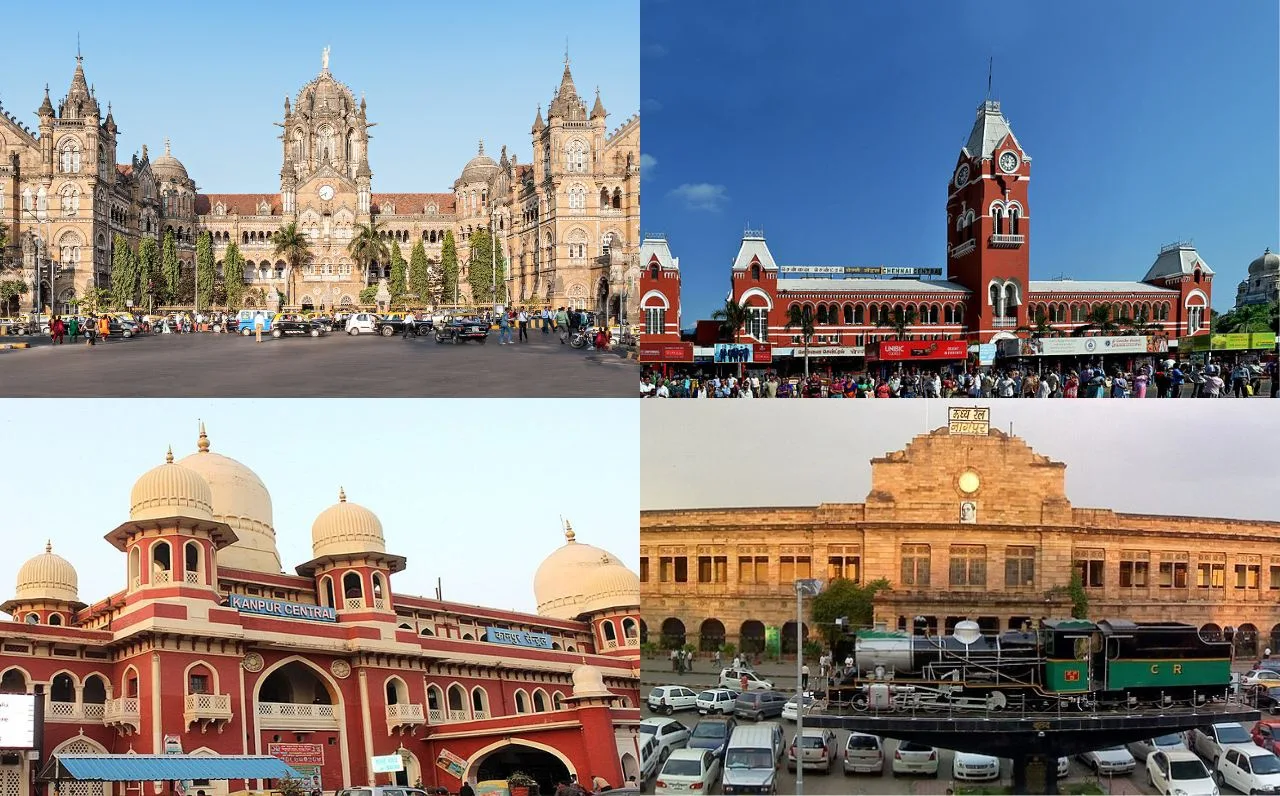India’s railway network is one of the largest and most intricate in the world, a testament to the country’s rich history and development. Among the thousands of stations, a few stand out for their historical significance and enduring legacy. Here’s a journey through some of the oldest railway stations in India.
1. Boree Bunder, Mumbai (1853): Boree Bunder, rebuilt as Victoria Terminus in 1887 and later renamed to Chhatrapati Shivaji Maharaj Terminus (CST), is where India’s first passenger train ran on April 16, 1853, covering the 34 km distance to Thane. Designed by Frederick William Stevens, the station is a UNESCO World Heritage Site known for its Victorian Gothic Revival architecture.

2. Howrah Station, Kolkata (1854): Serving the first passenger train from Howrah to Hooghly, Howrah Station is one of the busiest and oldest railway stations in India. The station boasts an impressive façade and extensive platforms, reflecting British colonial architecture.
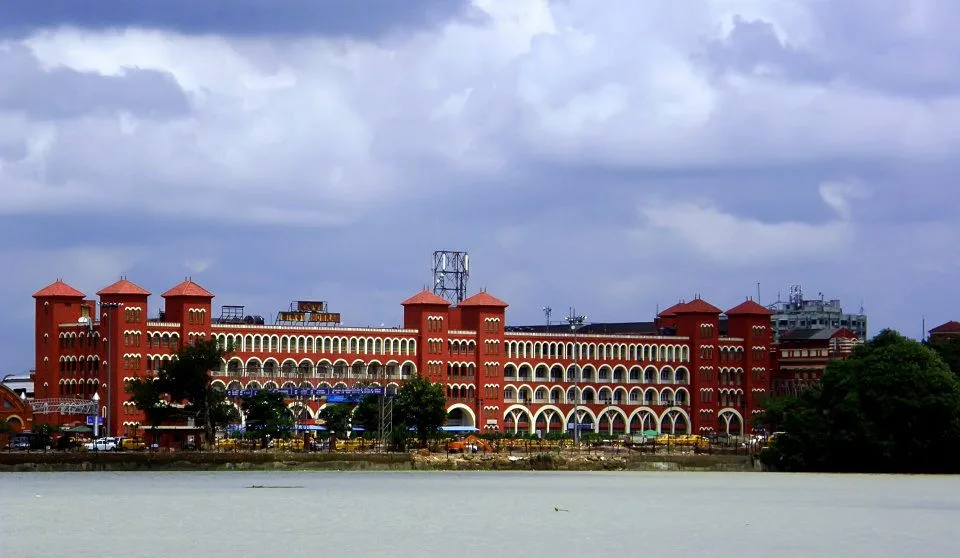
3. Royapuram Railway Station, Chennai (1856): This station, which started operations in June 1856, is the oldest surviving railway station in India. It initially connected Chennai with Arcot. The station retains its old-world charm with British-style architecture and spacious platforms.
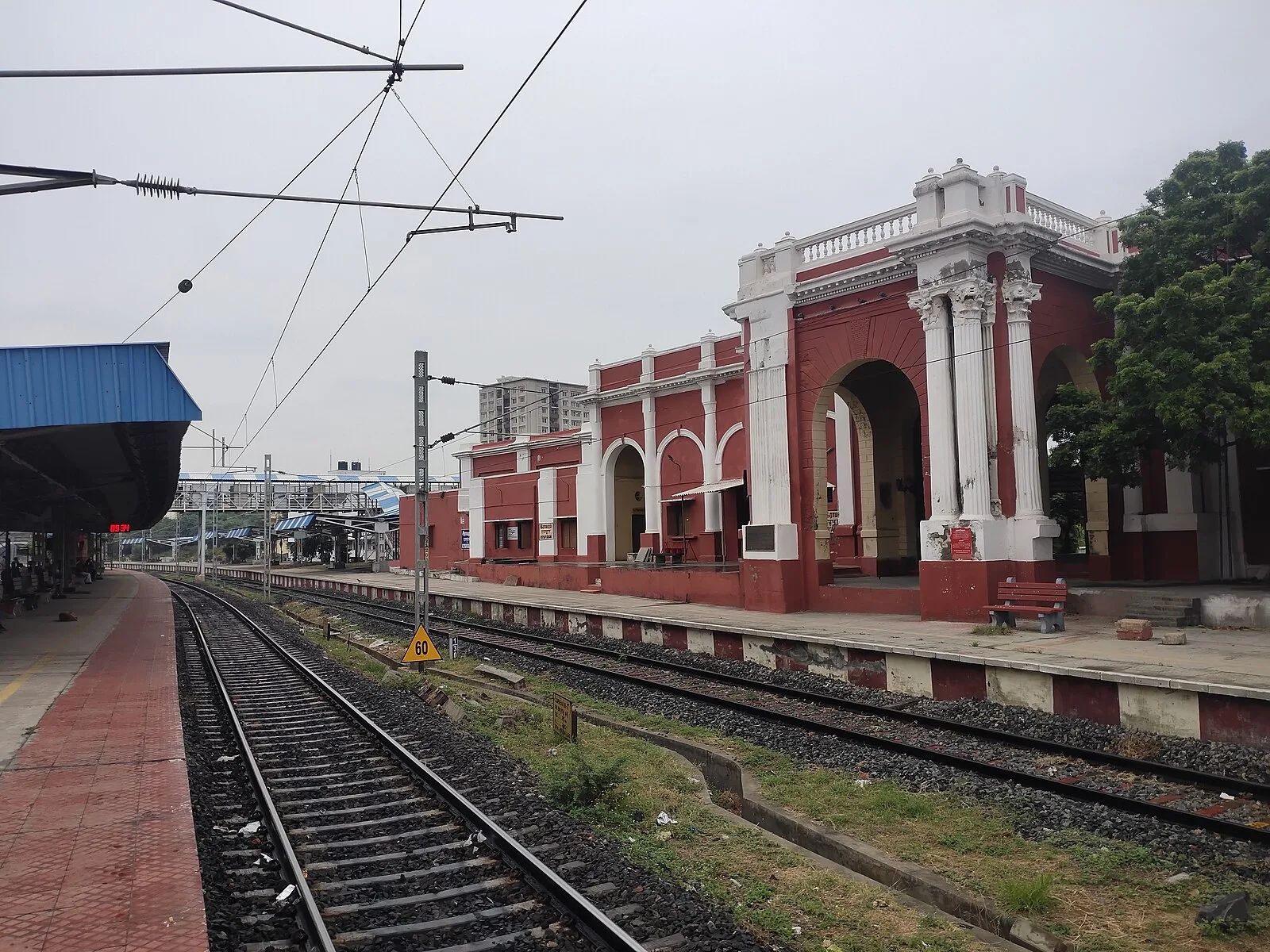
4. Kanpur Central, Kanpur (1930): Though not the oldest, Kanpur Central is one of the major railway stations that served as a critical junction in the pre-independence era. The station’s architecture is a blend of colonial and Indian styles, designed to cater to a large number of passengers.
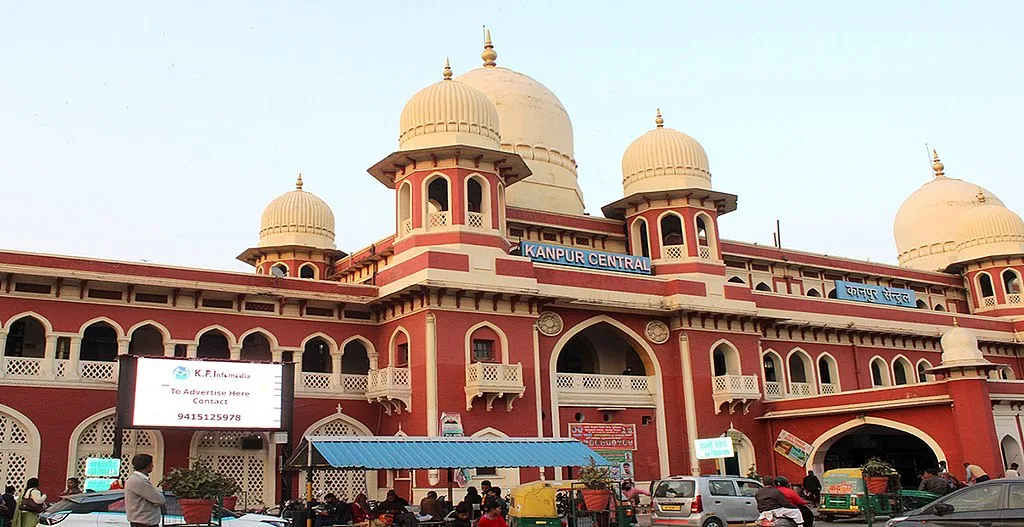
5. Gorakhpur Junction, Gorakhpur (1886): Known for having the world’s longest railway platform, Gorakhpur Junction has been operational since the late 19th century. The station features a combination of modern amenities and historic architecture, reflecting its long history.
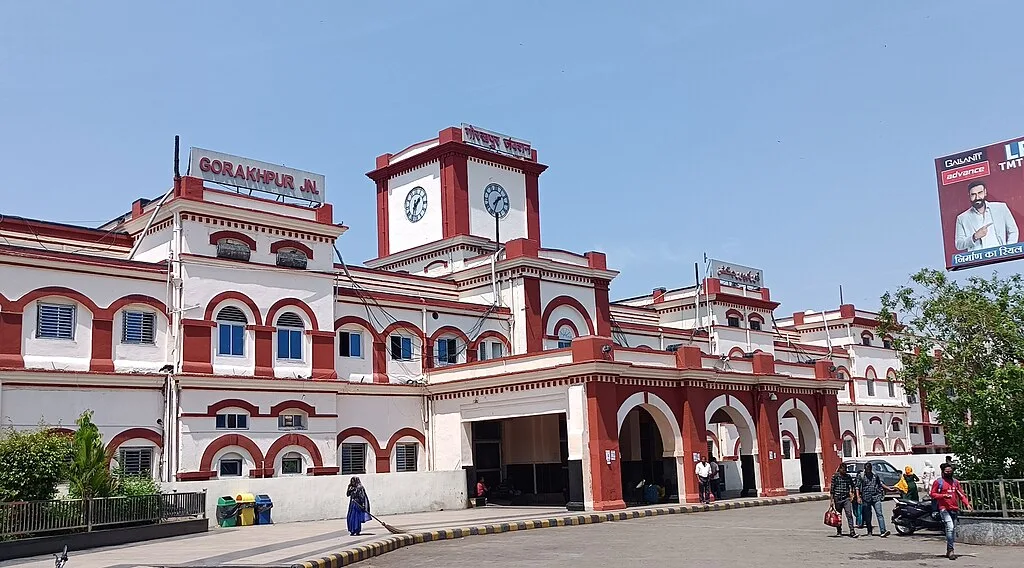
6. Delhi Junction, Delhi (1864): Also known as Old Delhi Railway Station, it was built in 1864 and served as the main railway hub of the capital during the British era. The station retains its historical architecture with red sandstone structures reminiscent of Mughal design.
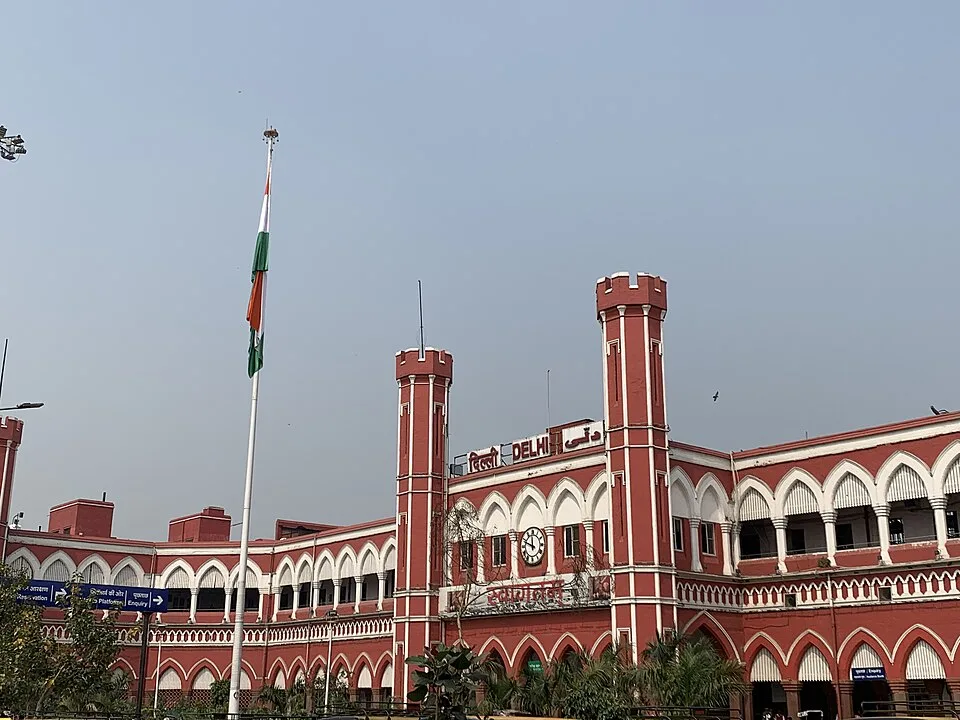
7. Chennai Central, Chennai (1873): Opened in 1873, Chennai Central is a major landmark and one of the busiest railway hubs in South India. Designed by George Harding, the station’s distinctive clock tower and intricate façade are significant historical features.
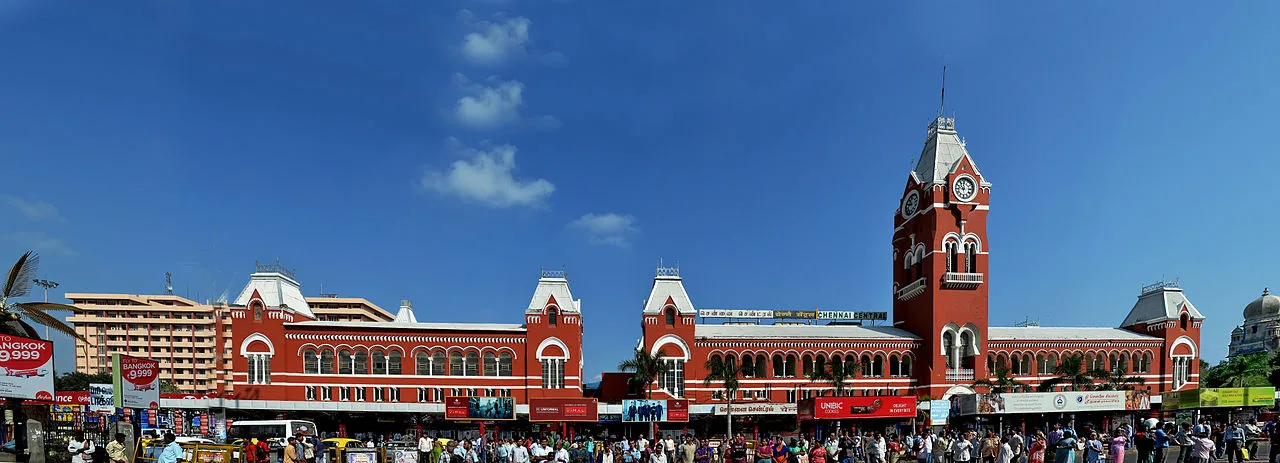
8. Nagpur Railway Station, Nagpur (1867): An important junction since its inception, Nagpur Station connected major trade routes in the central part of India. The station’s architecture reflects Victorian and Indian influences, with modern enhancements preserving its historical essence.
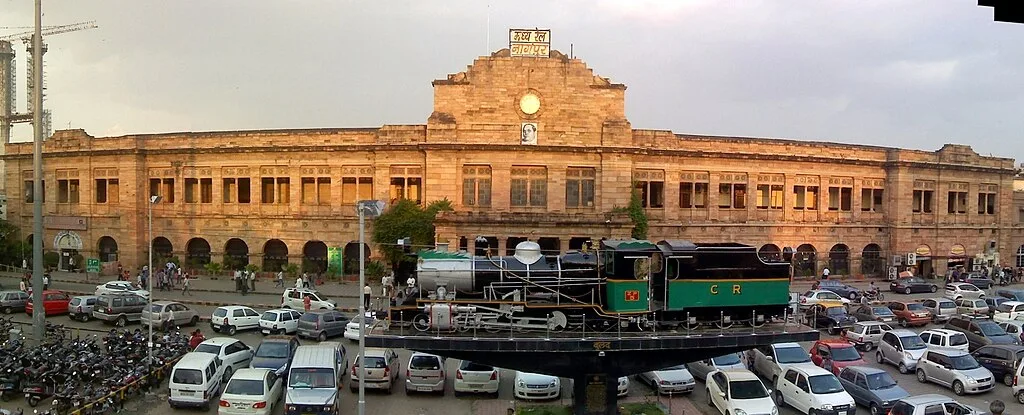
9. Madurai Junction, Madurai (1875): Serving southern India since 1875, Madurai Junction is a key station in Tamil Nadu’s railway network. The station combines Dravidian architectural elements with colonial styles, reflecting the cultural heritage of Madurai.
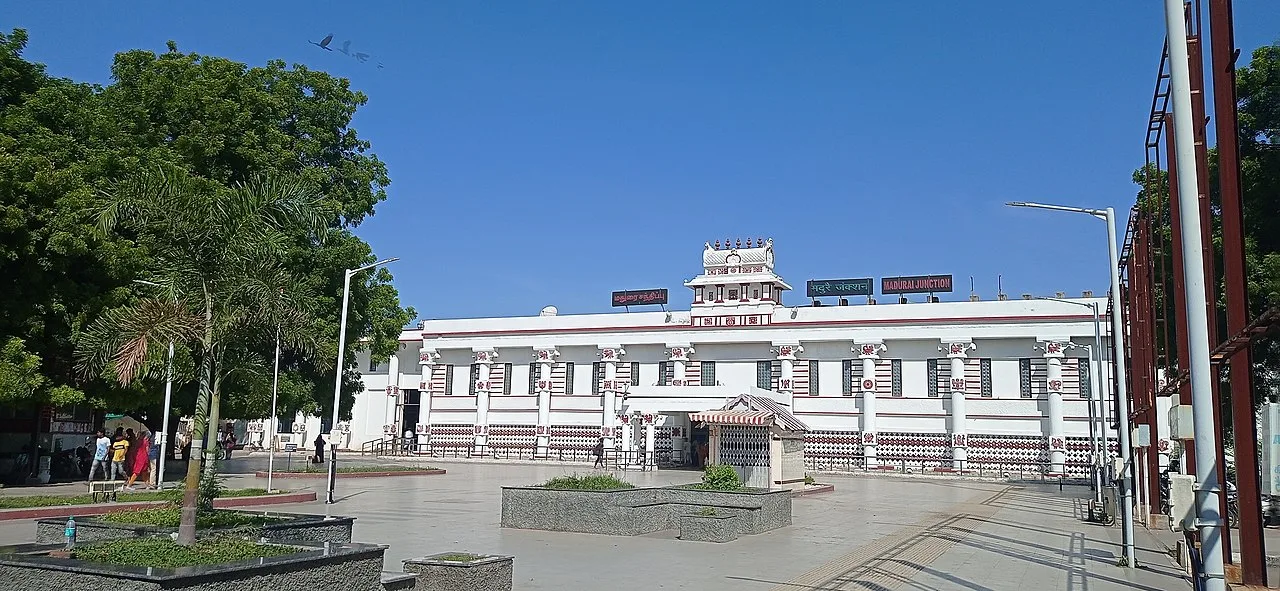
India’s railway stations are more than just transit points; they are landmarks of history and culture, embodying the legacy of the country’s journey through time. These stations not only connect destinations but also narrate stories of the past, standing as proud monuments of India’s rich railway heritage.
